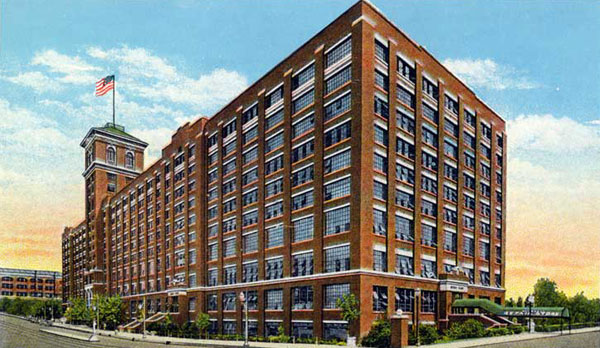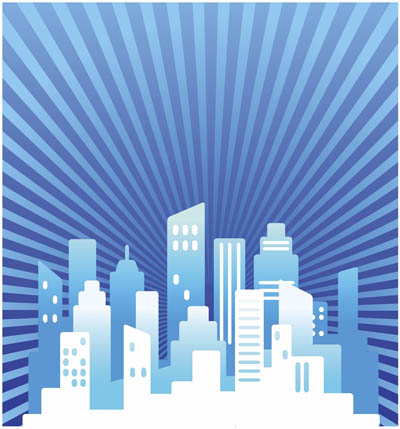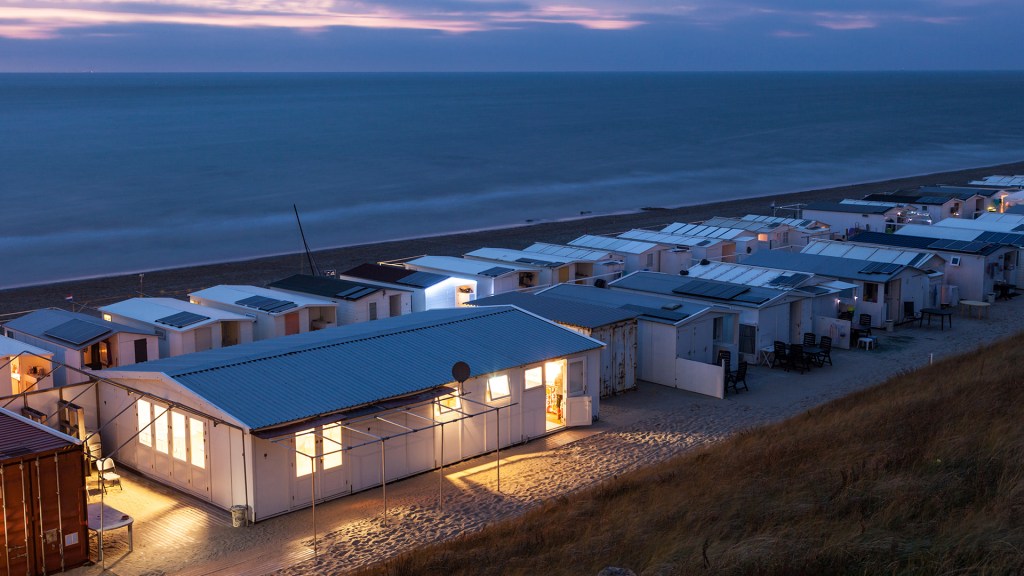By Erica Rascón on October 3, 2012 in News
The city is the place to be, both for trendy apartment dwellers, who are choosing skyscrapers over suburbs, and the businesses and residences that will serve them.
As a result, cities nationwide are experiencing an increase in urban infill projects. The developments sprout between existing buildings, filling gaps or replacing run-down, outdated or unsafe structures. What they may lack in square footage they make up for in accessibility, eyesore reduction, and green features. Such developments have been generally received enthusiastically by city planners, neighborhood committees, and consumers alike.
Square footage isn’t always an issue. Once a wondrous architectural feat, the 2 million square-foot Sears, Roebuck & Co. building in Atlanta, Ga., became a gargantuan scuff mark on Ponce de Leon Avenue. As it accumulated a collection of graffiti, broken windows and squatters, few foresaw that the behemoth would soon regain its status as an icon in the Southeast. The largest brick structure in the region is being reborn as Ponce City Market, a mixed-use development. The news has drummed up positive buzz throughout Atlanta and beyond.

Planners, relieved that the site will no longer serve as a harbor for illegal activity, can’t wait to witness the building’s transformation into an active hub of commerce. Hip young renters are snagging the lofts of the upper floors, without even waiting to see renderings of the designs. Eco-minded urbanites are excited to see the structure built on previously developed land; they’re nearly ecstatic about how much of the current structure will be recycled. Foodies and shoppers have literally popped open champagne bottles as commercial spaces fill.
Similar stories are happening throughout the United States. Even smaller cities, like Santa Barbara, Calif., are seeing an influx of infill. The coastal SoCal tourism destination is seeing previously stalled projects along its main State Street thoroughfare finally move forward. New development includes a near-complete tear down of a decrepit hotel and a razing of an old supermarket. Historic details, however, are being preserved – mosaic murals on the market parcel are being moved to another location in the new, mixed-used project, and two of the hotels main retaining walls were retained for a vintage look.
For development firms, favorable financing and drops in real estate prices have meant that the time is right to turn vacant lots and abandoned buildings into profitable residential and commercial properties, with a potential for significant return on investment. With forward-thinking community and master planning, such projects benefit multiple entities within the given community. Gone are the days when urban buildings went up without forethought. Today, just about every city has extensive plans in place to ensure that new development is well-placed for the community’s common goals.
 Developers appeal to the spectrum of consumers by placing projects in locations with easy access to public transit, often within walking distance of grocery stores, dining, and shopping. Proximity to other conveniences such as pharmacies, post offices, banks, and parks are not overlooked. Consumers who want to save time and money benefit from the new developments’ central location. Residential properties in such areas appeal to environmentally conscious buyers who seek to leave a smaller footprint without limiting their ability to explore and enjoy the city.
Developers appeal to the spectrum of consumers by placing projects in locations with easy access to public transit, often within walking distance of grocery stores, dining, and shopping. Proximity to other conveniences such as pharmacies, post offices, banks, and parks are not overlooked. Consumers who want to save time and money benefit from the new developments’ central location. Residential properties in such areas appeal to environmentally conscious buyers who seek to leave a smaller footprint without limiting their ability to explore and enjoy the city.
The latter pool of consumers represents a powerful percentage. As a recent Bloomberg study reports, a decrease in the sales of new homes reflects the public’s lack of interest in new developments amidst a market swamped with existing properties. Instead, the demand has shifted to greener properties. The Institute for Building Efficiency survey shows increased interest in sustainable building and green living among consumers, as well a marked rise in eco-friendly designs and features in homes, offices, and public buildings. Much of the urban infill meets such demands, both to please consumers and meet coveted eco-friendly certifications.
Maintaining historic neighborhood character is also important to planners and consumers, and thorough investigation is required to prevent the destruction of historic buildings during the infill development process. The character and aesthetic appeal of neighborhoods are threatened if codes are not enforced that dictate scale and setbacks for the new buildings. Local governments face a multitude of considerations before giving any project the green light.
But the green light does, it seem, shine more often than not. The American Institute of Architects notes a steady trajectory for the future of urban infill. It seems realistic to hope that this recycling of space, the reimagining of a neighborhood’s potential, will lead to the resurgence of healthy urban neighborhoods throughout the nation.
Are you seeing infill development in your city? What projects have been built or proposed that have enhanced or altered the character of your neighborhoods?


